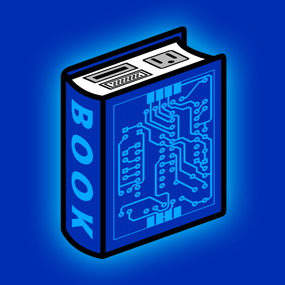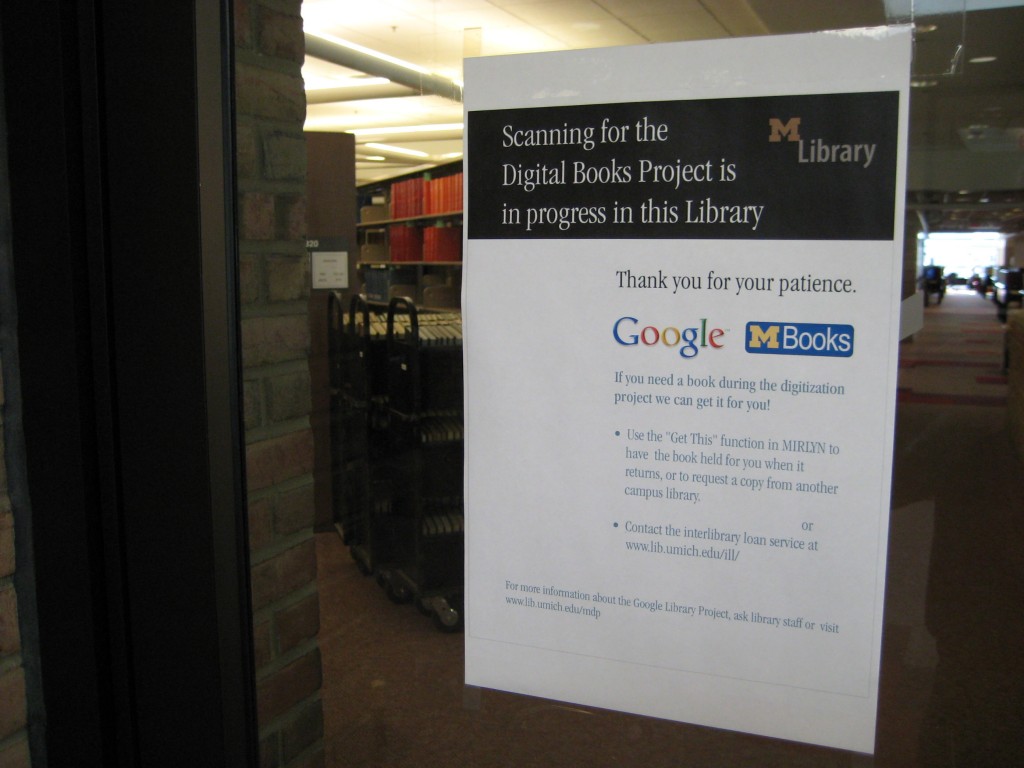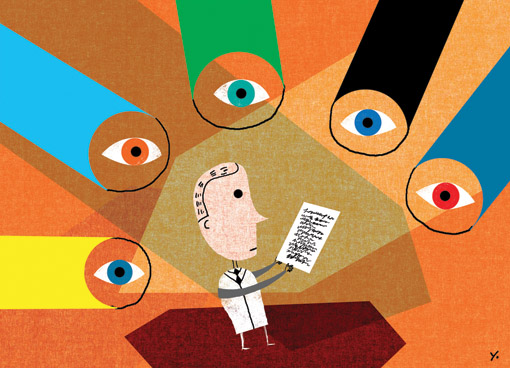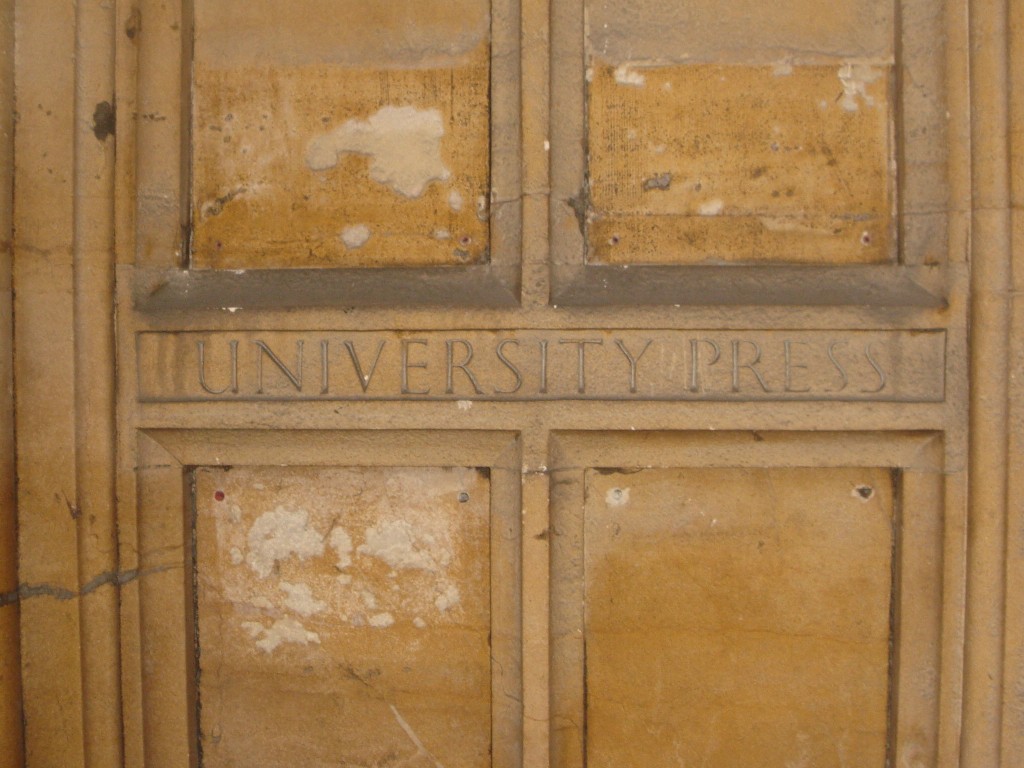“3D Social Networking” by Chris Potter is licensed under CC BY 2.0.
This is the third in a series of posts on academic social networks.
First launched in 2004, Google Scholar was created by former University of California, Santa Barbara Professor Anurag Acharya and engineer Alex Verstak. Although not a social network in the traditional sense, Google Scholar has become an important tool for finding and keeping up with the latest research, promoting one’s own work, and tracking scholarly impact. While Google does not release usage statistics, in a recent Springer Nature survey, 89% of respondents said they use Google Scholar in a professional capacity.
The social part of Google Scholar is pretty basic: you can “follow” researchers so that when they have a new article or citation you will get an email from Google. You can also set up alerts based on your own research interests. This can be useful when you want to know about the latest work being published in your field.
Many researchers use Google Scholar to help establish their scholarly credentials. Creating a Google Scholar Profile can help you raise your visibility as a scholar and make sure you’re getting credit for all of your publications. It’s easy to do, although it does take time to maintain. From the Google Scholar landing page, click on “My Citations.” Then simply fill out your name, affiliation, areas of interest, and provide a link to your personal or departmental website. [Note: You might want to sign up using your personal Gmail account, rather than your Temple.edu account, because if you leave Temple, you will lose access to your Google Scholar account.] Based on this information, Google will then show you a list of publications it thinks were written by you. If you have a common name, you’re likely to get a lot of publications you’ll need to weed through. That having been said, Google often doesn’t find everything, especially in the humanities. So, if some of your publications are missing, know that you can always add them yourself manually.
Going forward, you can choose to have Google automatically update your profile with new publications or you can have them send you an email first to get your approval. We recommend that you approve them first, as Google Scholar data is notoriously messy. However, if you do decide to let Google update them for you, check your profile regularly to make sure that Google hasn’t claimed a number of publications which aren’t yours. Once you’ve setup your profile, you can also add a photograph, verify your Temple affiliation, and add coauthors. Also make sure to set your profile to public!
Based on your publication data, Google will compile your total number of citations, your h-index score, and your i10-index score. These numbers are public and will be displayed unless you set your profile to private. You may not have heard of the i10-index. That’s because only Google Scholar uses it. It’s the number of publications with at least 10 citations. Another thing to note: Any articles you add manually will be included in your total number of citations, but not in your h-index score or your i10-index score.
While it can be tempting to take these metrics at face value it’s important not to. Google Scholar’s citation analysis is done by a computer, not a human. There is very little quality control. Especially if you are coming up for tenure it is more than worth it to take the time to compare your Google Scholar metrics to what you can find in Web of Science and Scopus. We also recommend doing your own research on your scholarly impact.
Do you use Google Scholar? What do you like or dislike about it?
Save







